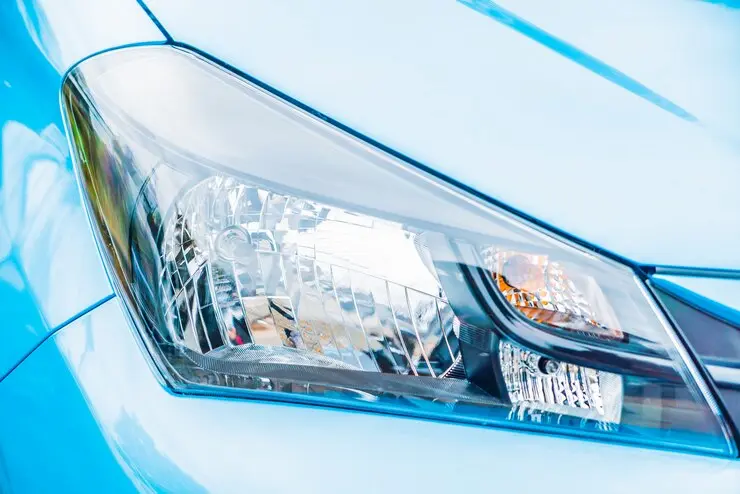Emergency vehicle lights are used in police cars, ambulances, fire, and tow trucks and are needed to ensure the safety of the crew and members of the general public.
If you are enlisted with the task of buying emergency vehicle lights, then there are several important factors that you need to consider. From the color of the lights to the power and the operating voltage, read on to find out how you can choose the right lights for your emergency vehicle.
Table of Contents
What is Emergency vehicle lighting?
Emergency vehicle lighting, as the name suggests, is a type of lighting that is designed for use on emergency vehicles such as police cars, fire trucks, ambulances, tow trucks, and funeral cars.
Typically, emergency vehicle lights are LED lights as these deliver optimal visibility and they use the least amount of power. You can get emergency vehicle lights that are designed for interior and exterior use, with many different styles and colors to choose from depending on your bespoke needs.
How To Choose Emergency Vehicle Lights
There are several factors that you need to consider when choosing emergency vehicle lights, and these are as follows:
1. The Color Of The Lights
The first thing that you need to consider when buying emergency vehicle lights is the color. Typically, blue and red colored lights are used by the police force and constabulary vehicles that are used for general security. Blue beacons are also used for ambulance vehicles and red for fire trucks.
Orange or amber emergency vehicle lights are also commonly used, especially for tow trucks that provide auto-rescue services, and purple lights tend to be used in funeral vehicles in certain states.
2. The Number Of Lights
The number of LED lights and the overall light power affect how bright the beacon will be, as well as how far the light can reach.
When choosing emergency vehicle lights, you need to make sure that you have sufficient glare for your specific needs. It is worth noting that the light angle also plays a role in how far the light can reach, so this is another element to consider.
3. The Operating Voltage
Emergency vehicle lights need electrical energy to work, and this energy is taken directly from the battery of the vehicle in question. Therefore, you need to make sure that the emergency lights you choose are compatible with the electrical voltage of the vehicle.
That being said, most emergency lights are designed to operate within the 9-28 V DC voltage range, which means they are suitable for most types of vehicles.
4. Local Laws And Regulations
It can be a good idea to familiarize yourself with local laws and regulations surrounding emergency vehicle lights, as these can vary from one state to another. For example, in most states, purple is the only color permitted for use by funeral vehicles, but this is not the case for every state.
If in doubt, it is always best to check first before you make a purchase.

